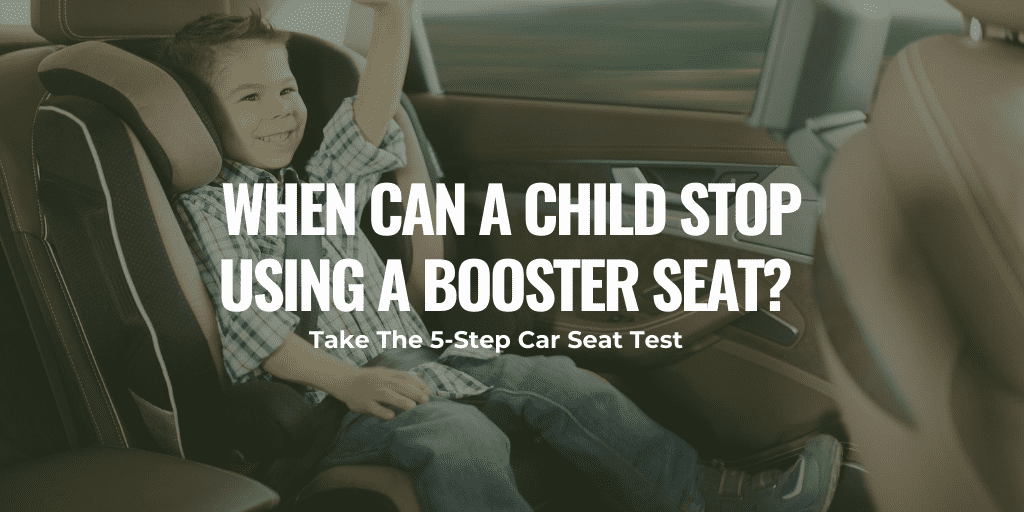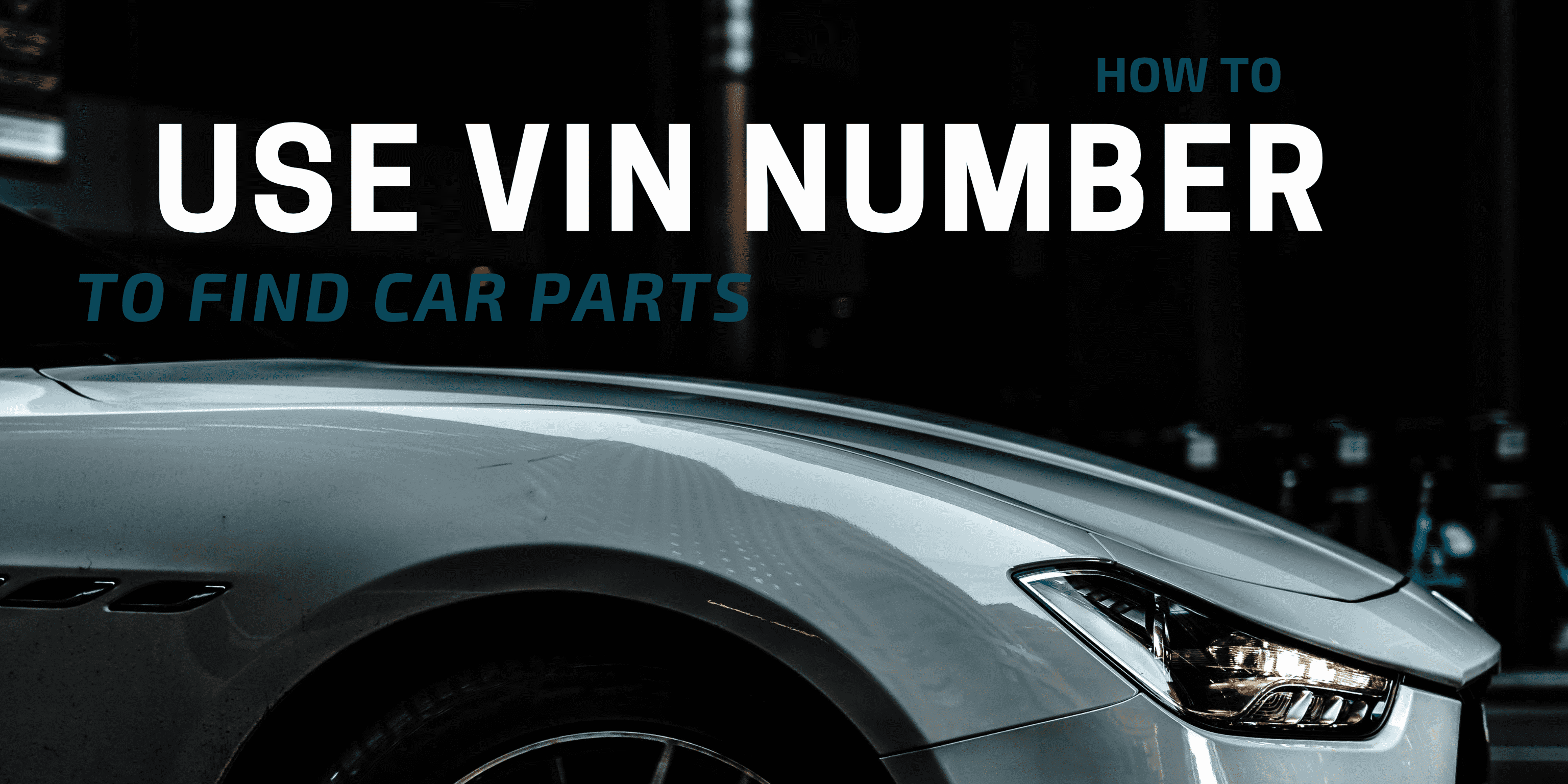As kids get older, they want to be treated as a “big kid,” and part of the process includes not wanting to sit in a booster seat. As a parent, you’ll hear it time and time again: “I’m too big to use a booster seat!” However, you need to be firm with your little ones and make them understand why they may still be required to sit in a booster seat.
If you’re not sure about how to answer the question, “when can a child stop using a booster seat?” then this guide will help you out.
Booster Seat Rules and Regulations
The first step in deciding when a child can stop using a booster seat is to know and understand all the booster seat rules and regulations for your area. Some states may have varying rules regarding front seat age, and how much your child must weigh to sit in the front seat. However, most booster/car seat rules and regulations are standard across the country.
When speaking to your children about car seat rules, it’s so much easier to break it down by their age group.
Infants and Toddlers
These are generally described as those between newborns and those under two years of age. The general guidelines for children in this age group are that they should be in a rear-facing seat until they reach the height and weight requirements of their seats. For the specifics, reference your car seat manufacturer’s guidelines.
Toddlers and Preschoolers
Once a child has started to outgrow their rear-facing booster seat (again, always consult your manufacturer’s guidelines), then your child can upgrade to a forward-facing booster seat. In general, children above the age of two, although it will depend on the manufacturer.
In fact, the American Academy of Pediatrics (AAP) recommends that your children should remain rear-facing until they have reached the maximum height and weight requirements of their seat. The same applies to those who have graduated to forward-facing.
School-Aged Children
Once a child reaches the maximum height and weight requirements of their forward-facing booster seat, they can graduate to a belt-positioning booster seat until the seatbelt fits them properly without the booster.
Again, a general guideline states that to graduate to having no booster seat, your child must be 4 feet 9 inches tall – which typically happens between the ages of 8 and 12.
Older Children
Once your child reaches the minimum height requirement for a properly fitting seatbelt, they can finally sit in the back seat without a booster seat. Once your child has graduated from asking, “when can I stop using a booster seat,” they’ll likely start asking to sit in the front with you. You need to explain to them that they need to be at least 13 years old to sit in the front seat.
While there is no hard-and-fast answer to the question, “how much do you have to weigh to sit in the front seat?” many states suggest that children who weigh under 100 lb remain in the backseat.

The 5-Step Car Seat Test
While speaking to your children about the various age, weight, and height requirements is one way to help them understand when they can stop using their booster seat, some of them may still have a hard time understanding or accepting the answers you’ve given them. If that is the case with you, you may want to walk them through the car seat test.
If you’re asking yourself, “what is a car seat test?” then you’re in the right place. The car seat test is a five-step test to help you decide when to graduate from the booster seat. Simply put, for your child to be allowed in the backseat of your car without a car seat, you must be able to reply “yes” to each of the following questions:
1. Is Their Back Flat Against the Seat?
This is an essential step because proper posture is crucial while riding in the car. Slouching in the car is considered rather dangerous considering it can:
- Make your child’s seat belt extremely loose-fitting.
- Move the lap band up and across their belly, which can lead to internal damage should they be involved in an accident.
If your child can’t maintain proper posture while riding in the car, it’s likely they still need the extra support of a booster seat that properly places the seatbelt where it needs to be.
2. Are Their Knees Bent at The Edge of The Seat?
When sitting in the back seat, your child’s legs should be bent at a 90-degree angle at the edge of the seat. This helps them to maintain proper posture and ensure the seatbelt is placed accurately. If your child’s legs are bent at the edge of the seat but do not quite reach the floor, then it may be a good idea to place a footrest on the floor so that your children’s legs can remain comfortably bent in the correct position.
3. Does the Lap Belt Sit on The Tops of Their Thighs, Not on Their Belly?
If your child’s lap belt is ridding up and sitting on their belly instead of their thighs, it is a clear indicator that they should remain in a booster seat, which keeps their seatbelt placed where it should be. Otherwise, they can sustain internal damage from the belt should there be an accident (even a very minor one).

4. Does the Shoulder Belt Rest Between Their Neck and Shoulder?
Much like the placement of the lap belt, if your child’s shoulder belt doesn’t fit properly in between their neck and shoulder, they are at a higher risk of internal damage should an accident occur. If you notice the shoulder belt is resting across their throat or that they are tucking it behind them (so only the lap belt is across their body), you need to revert to the use of a booster seat.
5. Can the Child Sit Properly in The Seat for An Entire Ride?
Finally, to ditch the booster seat, your child must be able to wear their seatbelt properly for an entire car ride. This means they can maintain their posture and don’t easily fall asleep while in the car. If they can’t maintain their posture or do fall asleep, their seatbelt may not remain positioned properly, putting them at a higher risk of injury in the case of an accident.

Keep Your Child Safe
If you find yourself asking the question, “when can a child stop using a booster seat?” then the best way to answer it yourself is by conducting the car seat test. This five-step test will help you figure out the right time to finally say goodbye to the booster seat for good! Remember – their safety comes first!



